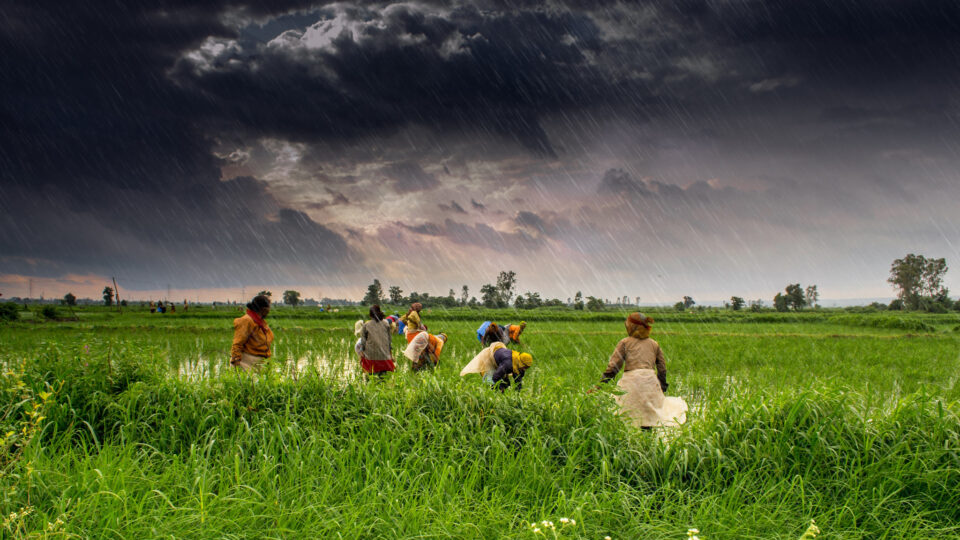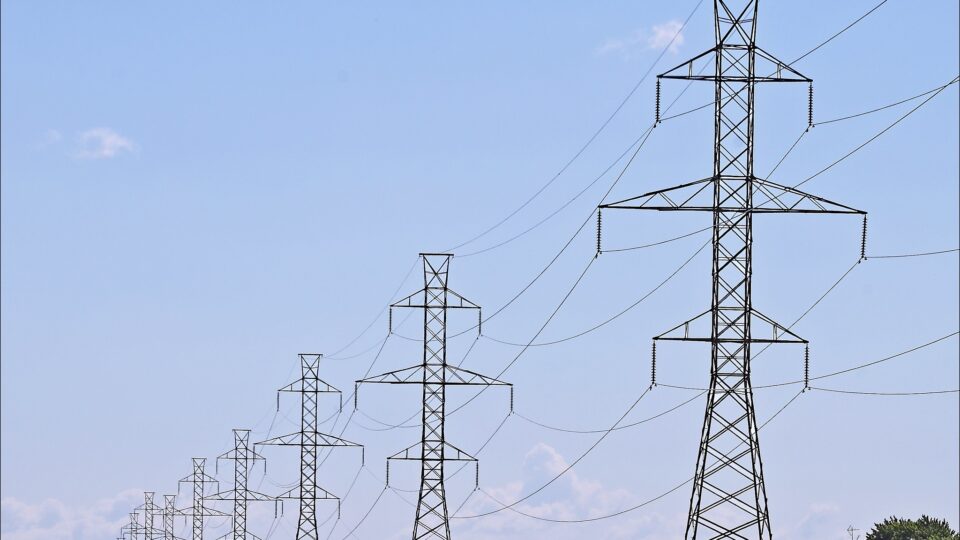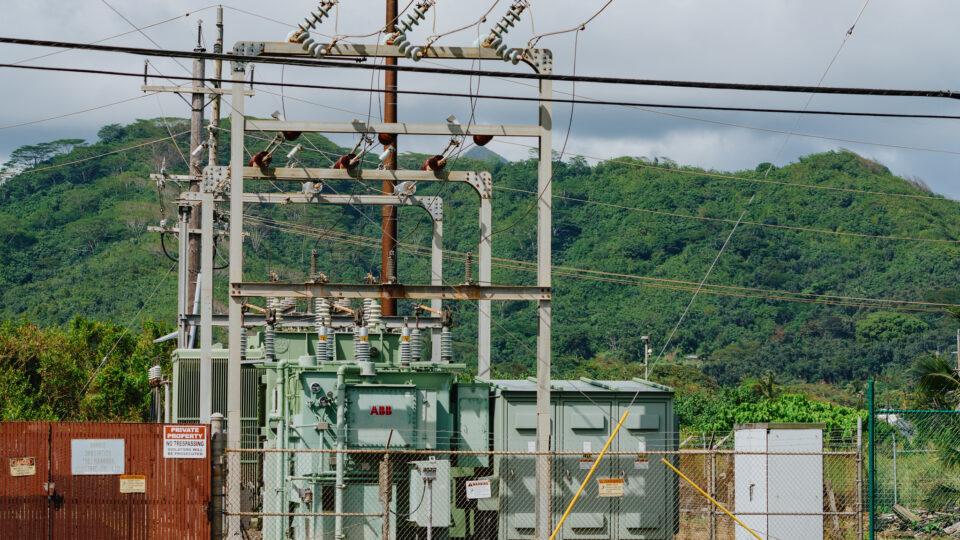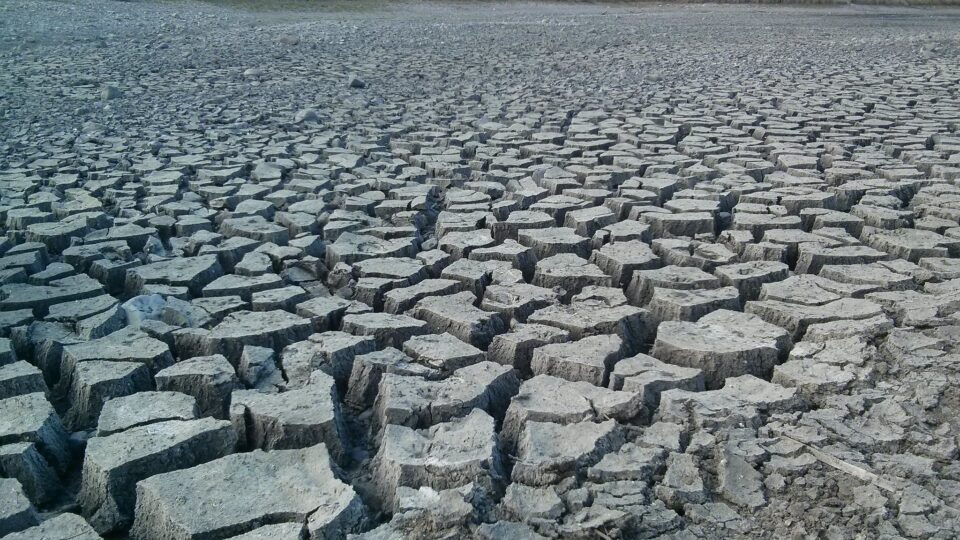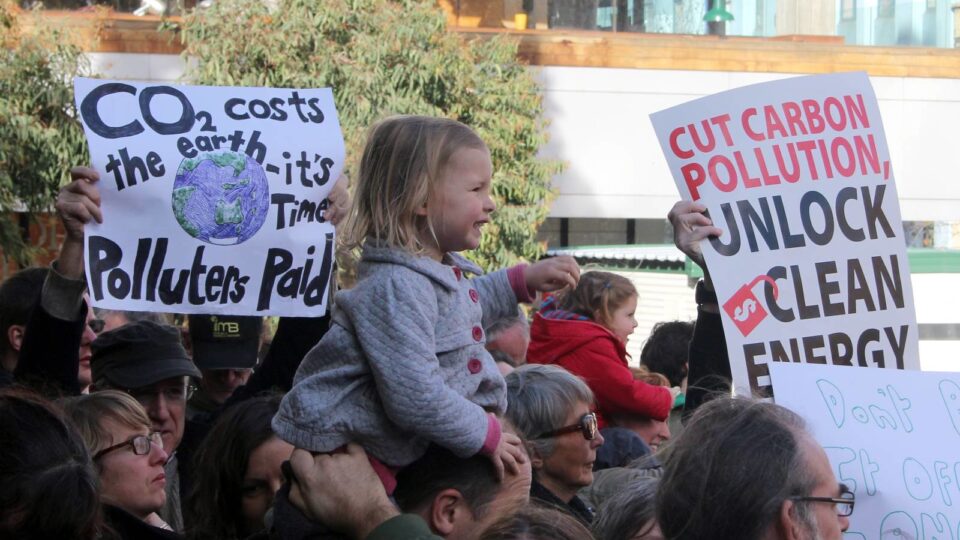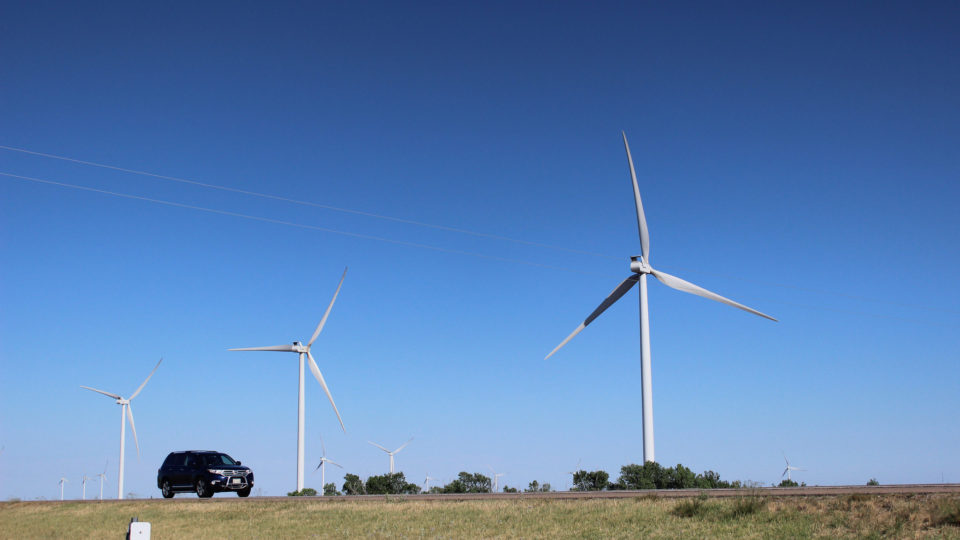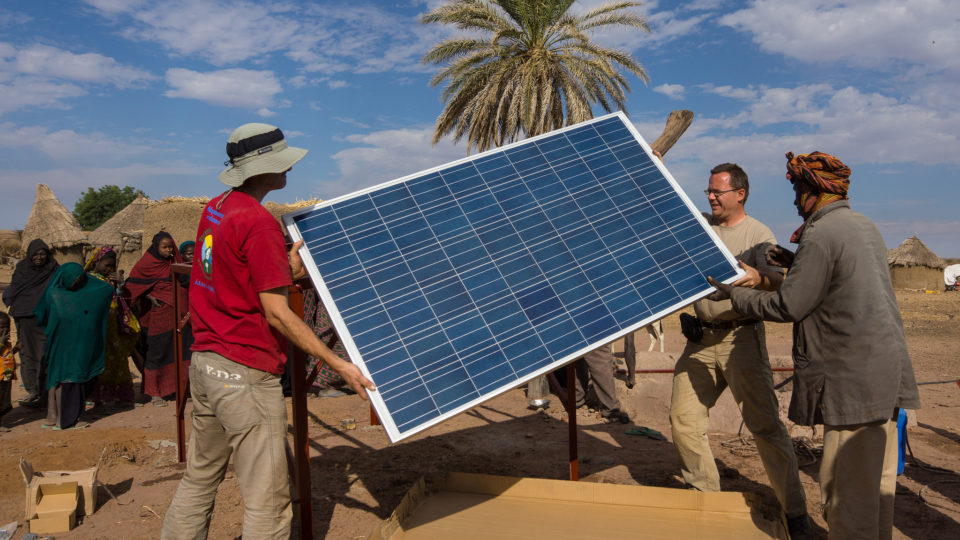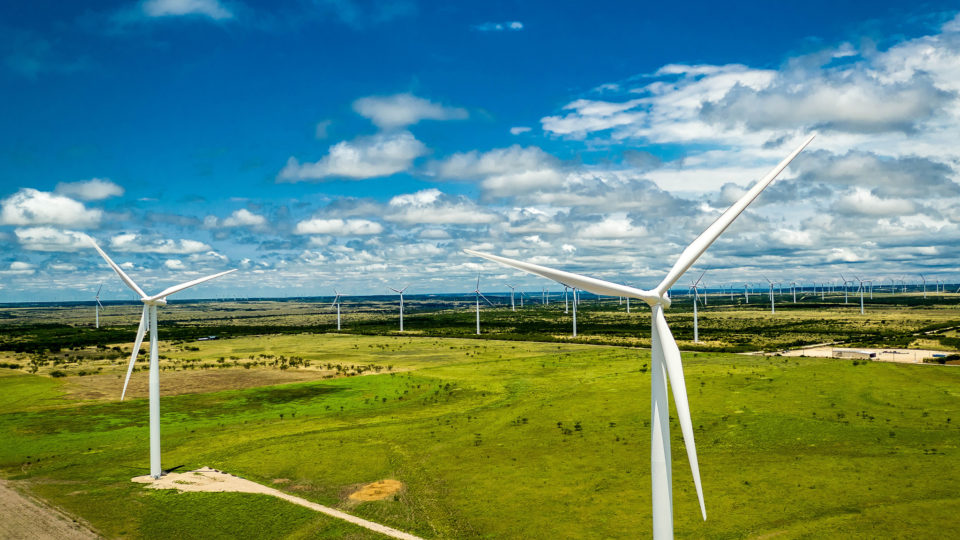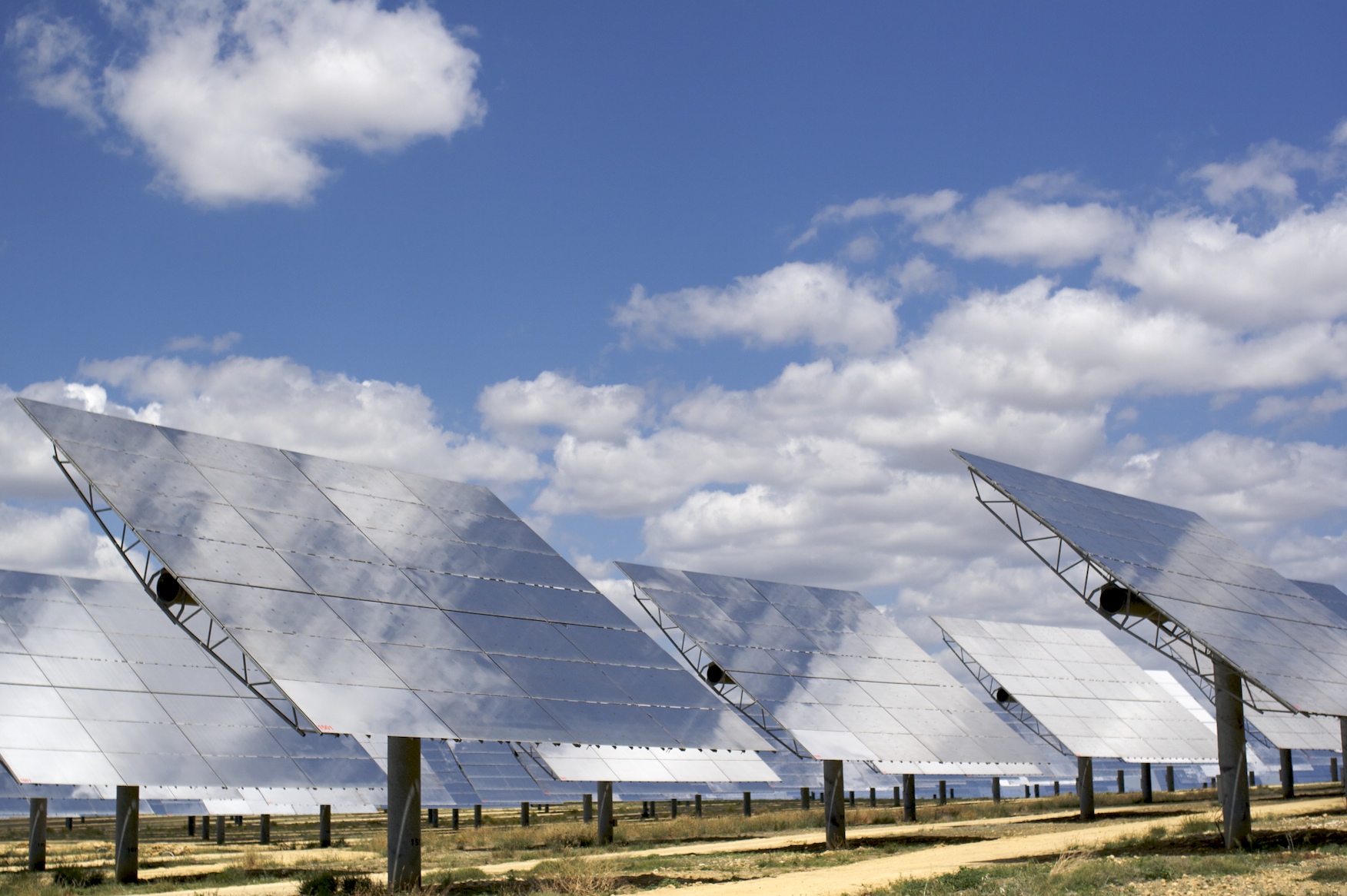Groundwater is the vast reserve of water beneath Earth’s surface. It’s an essential resource for humans, plants, animals, and other living organisms. According to the United States Geological Survey, about 30% of all readily available freshwater in the world is groundwater. In areas lacking sufficient surface water supply from rivers and reservoirs, groundwater is critical for meeting the region’s drinking water and food production needs.
But climate change, as well as global population growth, is stressing groundwater resources. As precipitation becomes less reliable due to climate change, surface water bodies can drop too low to provide the needed water. As a result, people turn to groundwater. Depletion of groundwater is already a significant problem, and over-pumping will only increase further as climate change makes traditional sources of water less reliable.
According to a new study led by researchers from the University of Michigan, farmers in India have adapted to warming temperatures by intensifying the withdrawal of groundwater used for irrigation. The study, which was published in the journal Science Advances, found that the rate of groundwater loss could triple by 2080 if this trend continues, further threatening India’s food and water security.
India is the second-largest global producer of common cereal grains such as rice and wheat, and recently passed China as the world’s most populous nation. Without interventions to conserve groundwater, the research team finds that warming temperatures will likely amplify India’s groundwater depletion problem, further threatening the country’s food and water security.
**********
Web Links
Groundwater depletion rates in India could triple in coming decades as climate warms, study shows
Photo, posted August 2, 2013, courtesy of Rajarshi MITRA via Flickr.
Earth Wise is a production of WAMC Northeast Public Radio
